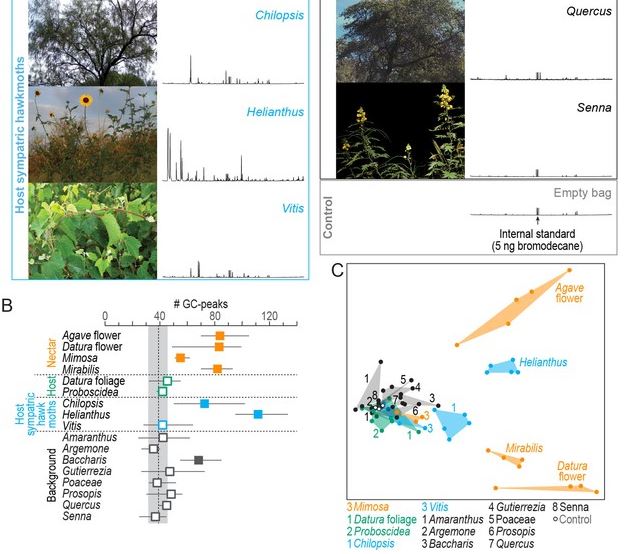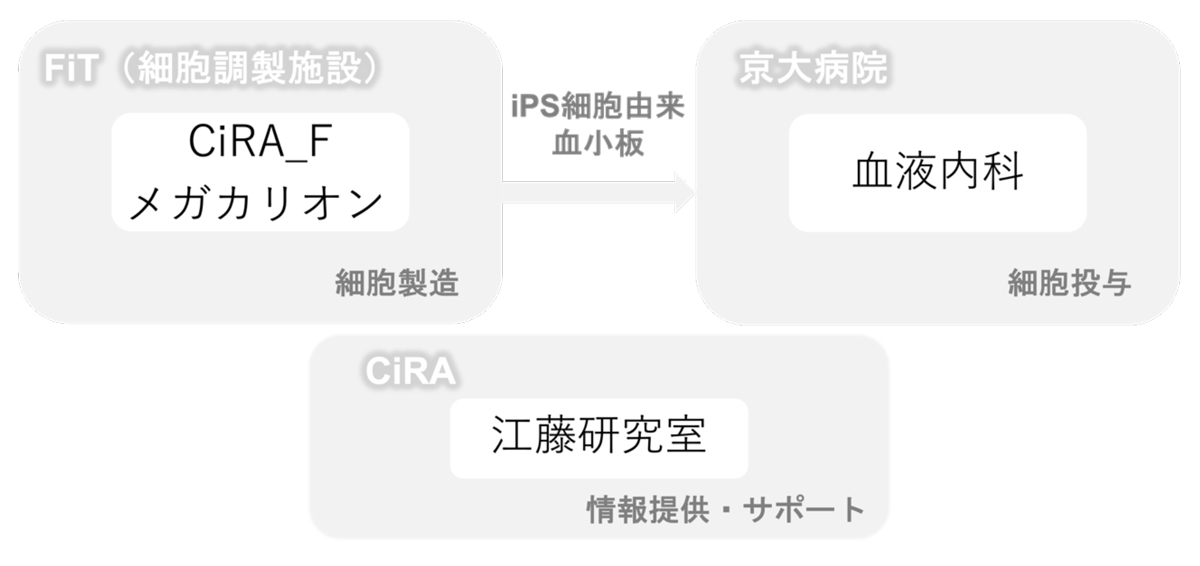蛾は重要な匂いと無関係な匂いを区別することができる The moths can distinguish crucial from irrelevant odors
2022-06-02 マックス・プランク研究所
<関連情報>
- https://www.mpg.de/18767922/0602-choe-tobacco-hawkmoths-always-find-the-right-odor-155371-x
- https://elifesciences.org/articles/77429
スズメガにおける重要な植物臭と無関係な植物臭のユニークな神経コーディング Unique neural coding of crucial versus irrelevant plant odors in a hawkmoth
Sonja Bisch-Knaden ,Michelle A Rafter,Markus Knaden,Bill S Hansson
eLife Published:May 27, 2022
DOI:https://doi.org/10.7554/eLife.77429

Abstract
The sense of smell is pivotal for nocturnal moths to locate feeding and oviposition sites. However, these crucial resources are often rare and their bouquets are intermingled with volatiles emanating from surrounding ‘background’ plants. Here, we asked if the olfactory system of female hawkmoths, Manduca sexta, could differentiate between crucial and background cues. To answer this question, we collected nocturnal headspaces of numerous plants in a natural habitat of M. sexta. We analyzed the chemical composition of these headspaces and used them as stimuli in physiological experiments at the antenna and in the brain. The intense odors of floral nectar sources evoked strong responses in virgin and mated female moths, most likely enabling the localization of profitable flowers at a distance. Bouquets of larval host plants and most background plants, in contrast, were subtle, thus potentially complicating host identification. However, despite being subtle, antennal responses and brain activation patterns evoked by the smell of larval host plants were clearly different from those evoked by other plants. Interestingly, this difference was even more pronounced in the antennal lobe of mated females, revealing a status-dependent tuning of their olfactory system towards oviposition sites. Our study suggests that female moths possess unique neural coding strategies to find not only conspicuous floral cues but also inconspicuous bouquets of larval host plants within a complex olfactory landscape.



